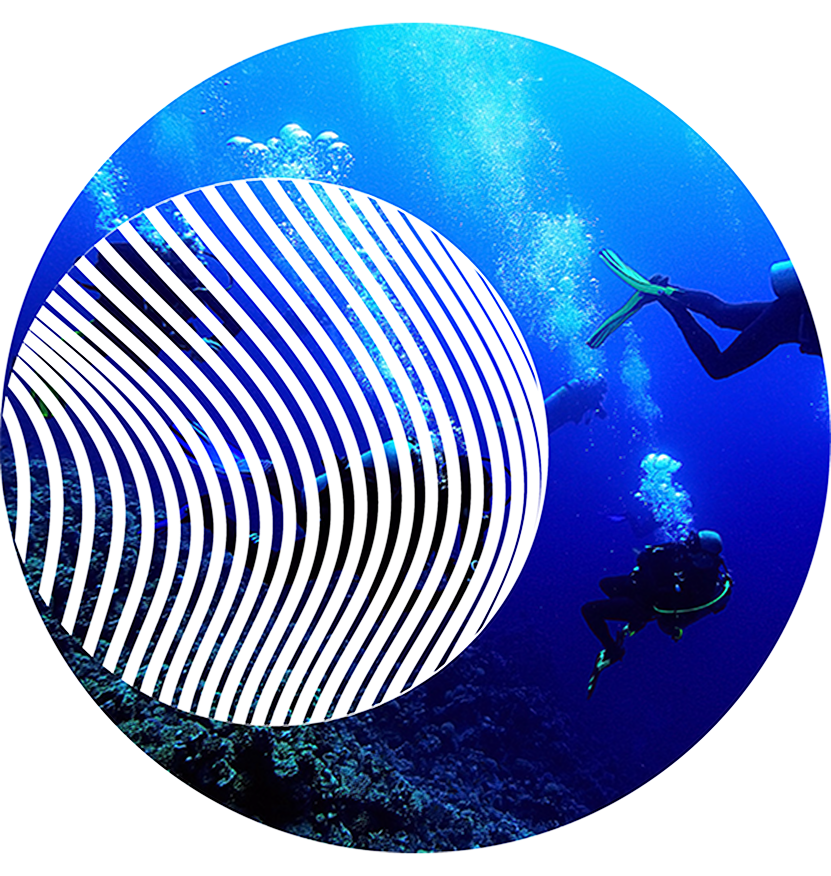
Newsroom
Documents and Resources
Communication Materials
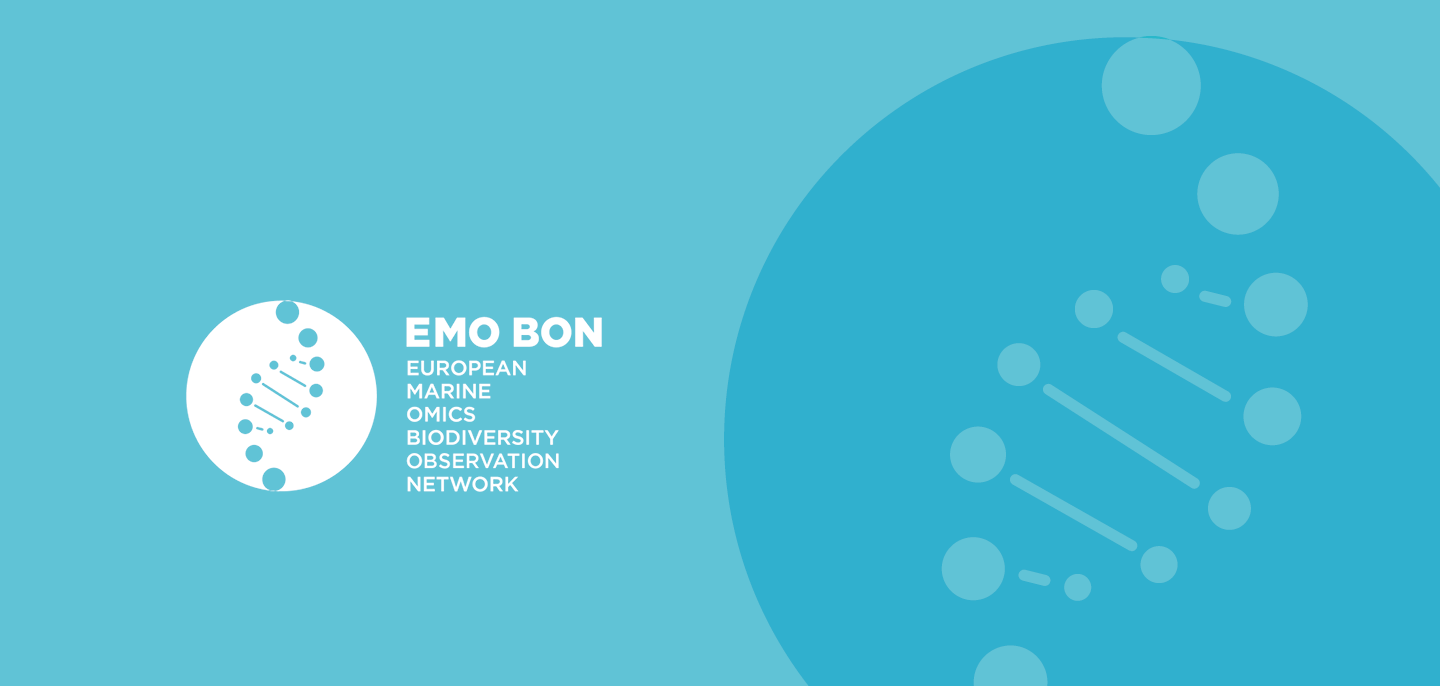
EMO BON Poster – 1st results from a long-term genomic observatory – 2025
EMO BON – Ocean Observation
Annual Reports
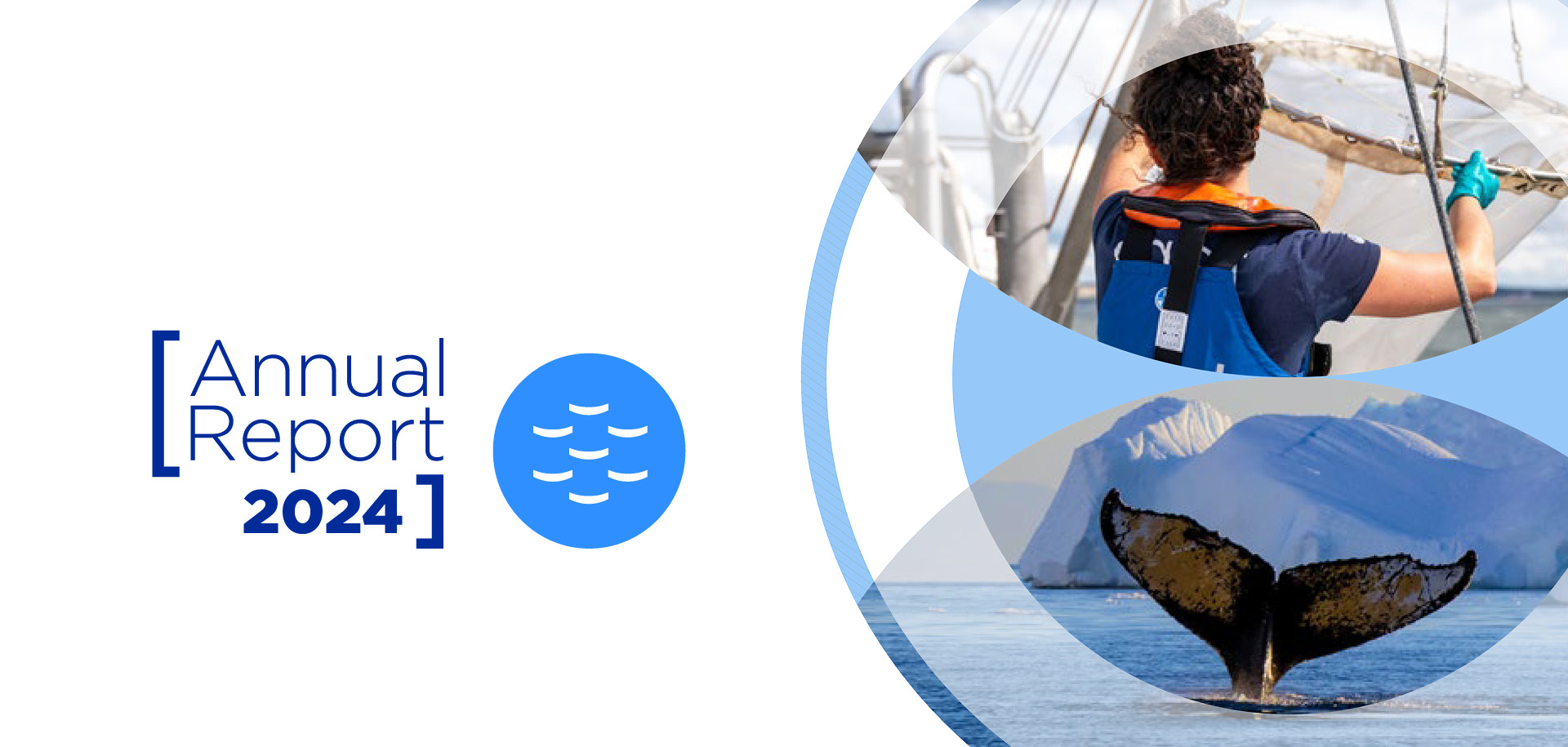
Communication Materials

Governance
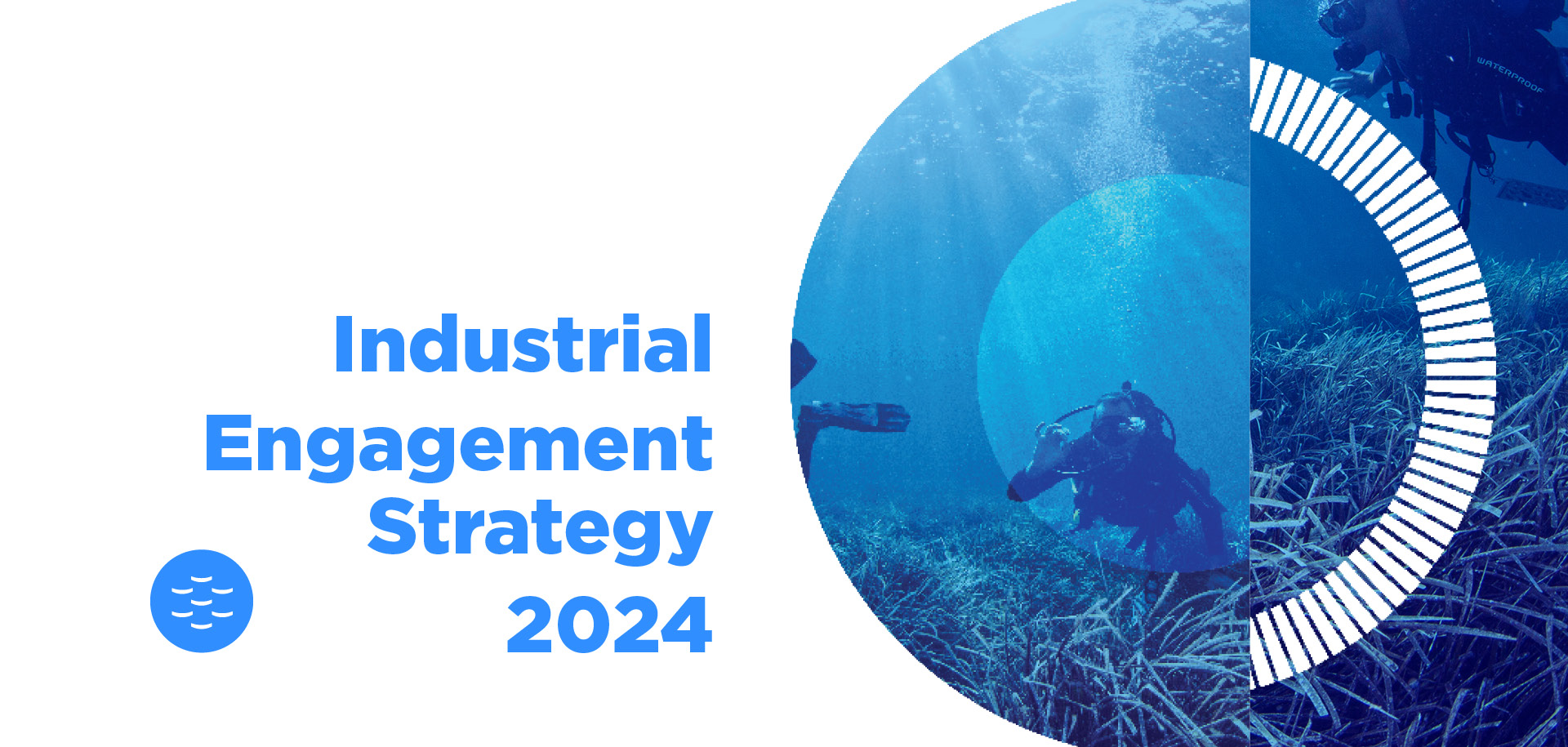
Annual Reports
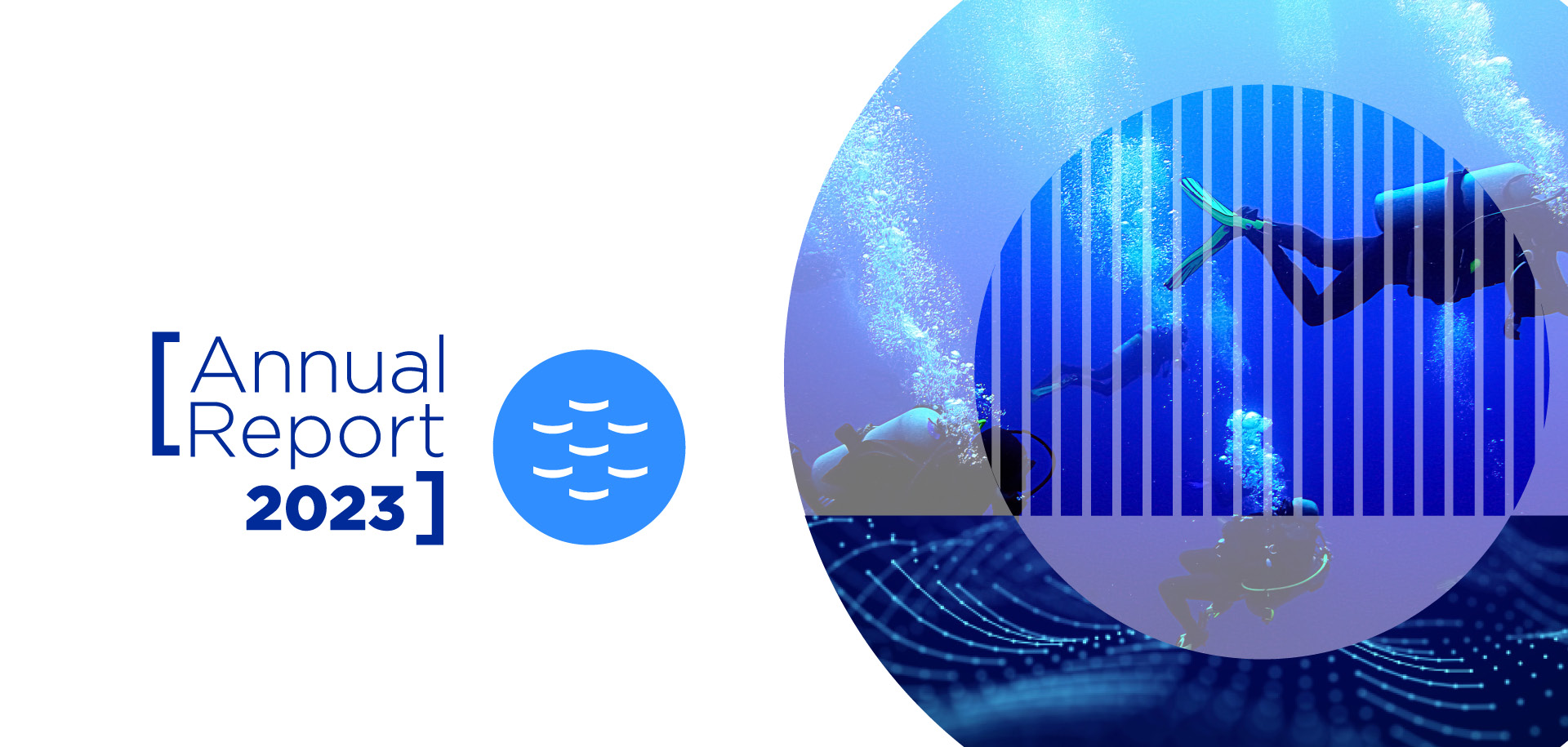
Communication Materials

EMO BON, Enhancing Marine Observation and Monitoring – 2024
EMO BON – Ocean Observation
Guides

Annual Reports
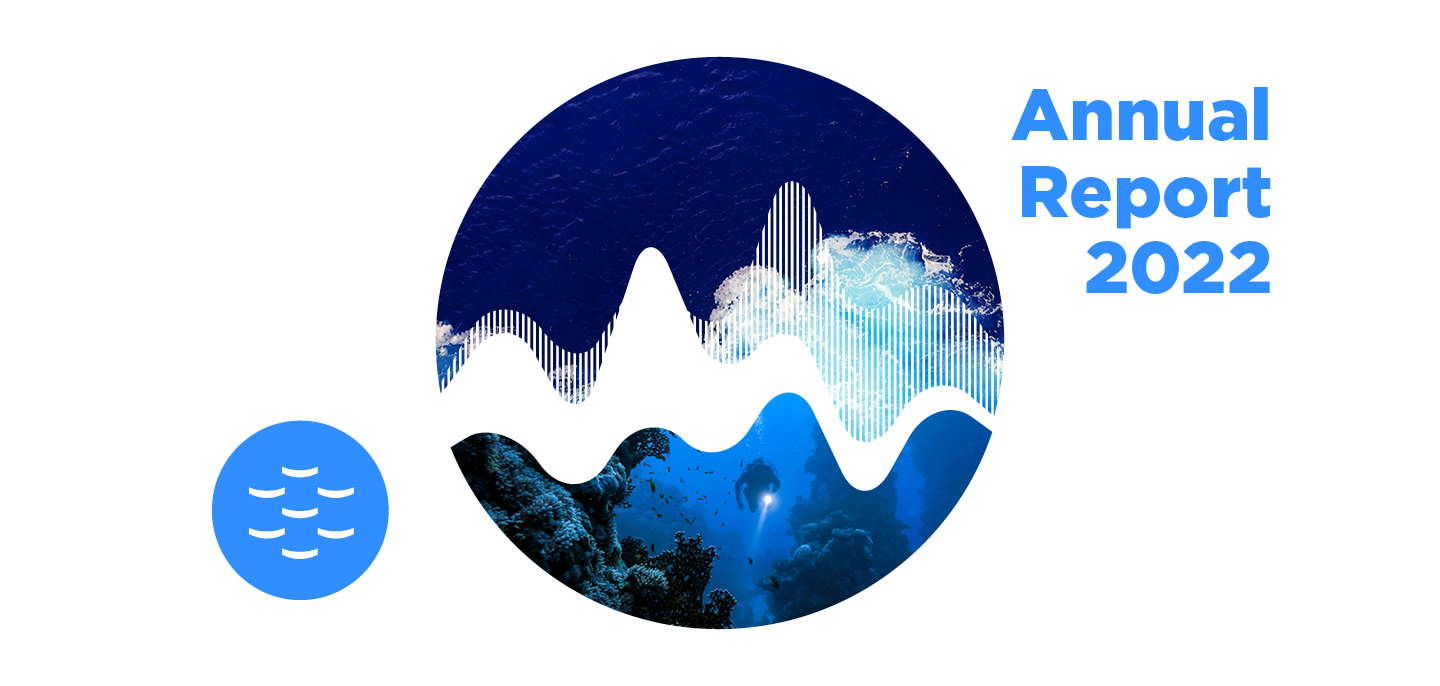
Governance
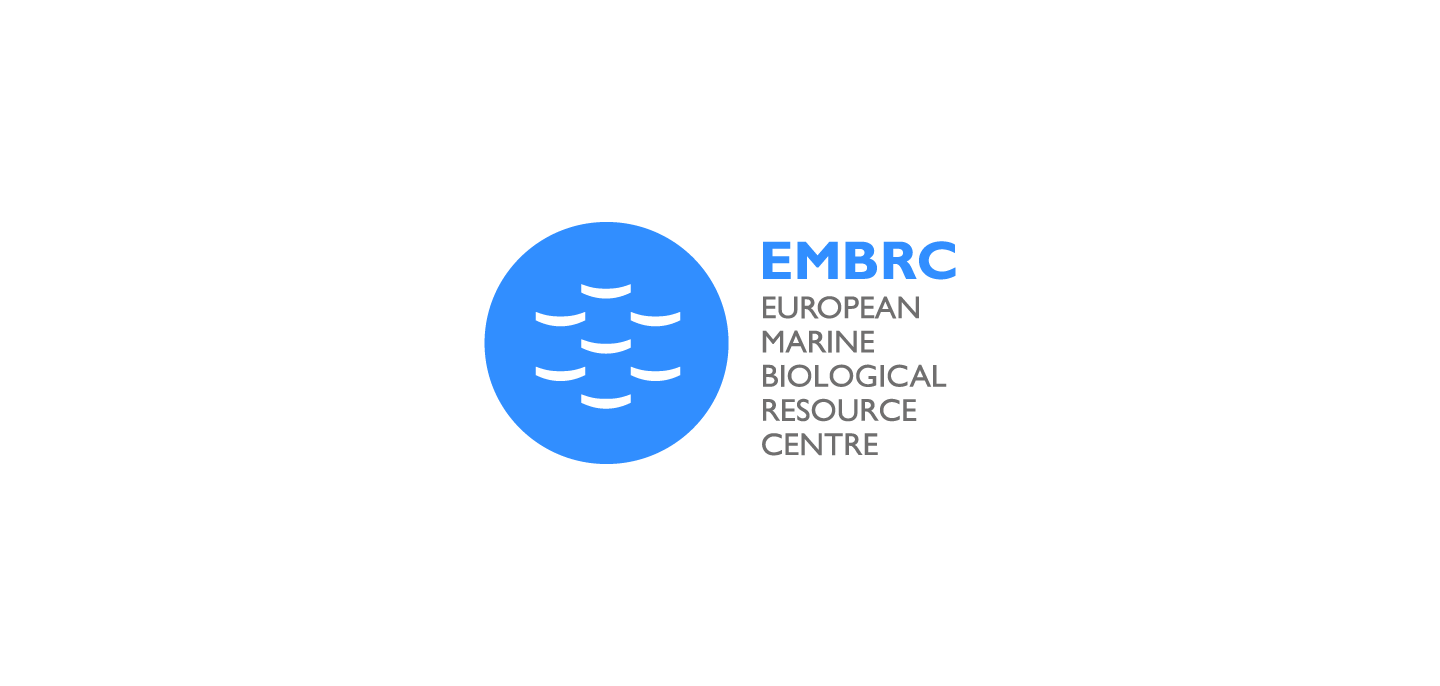
Governance

Annual Reports
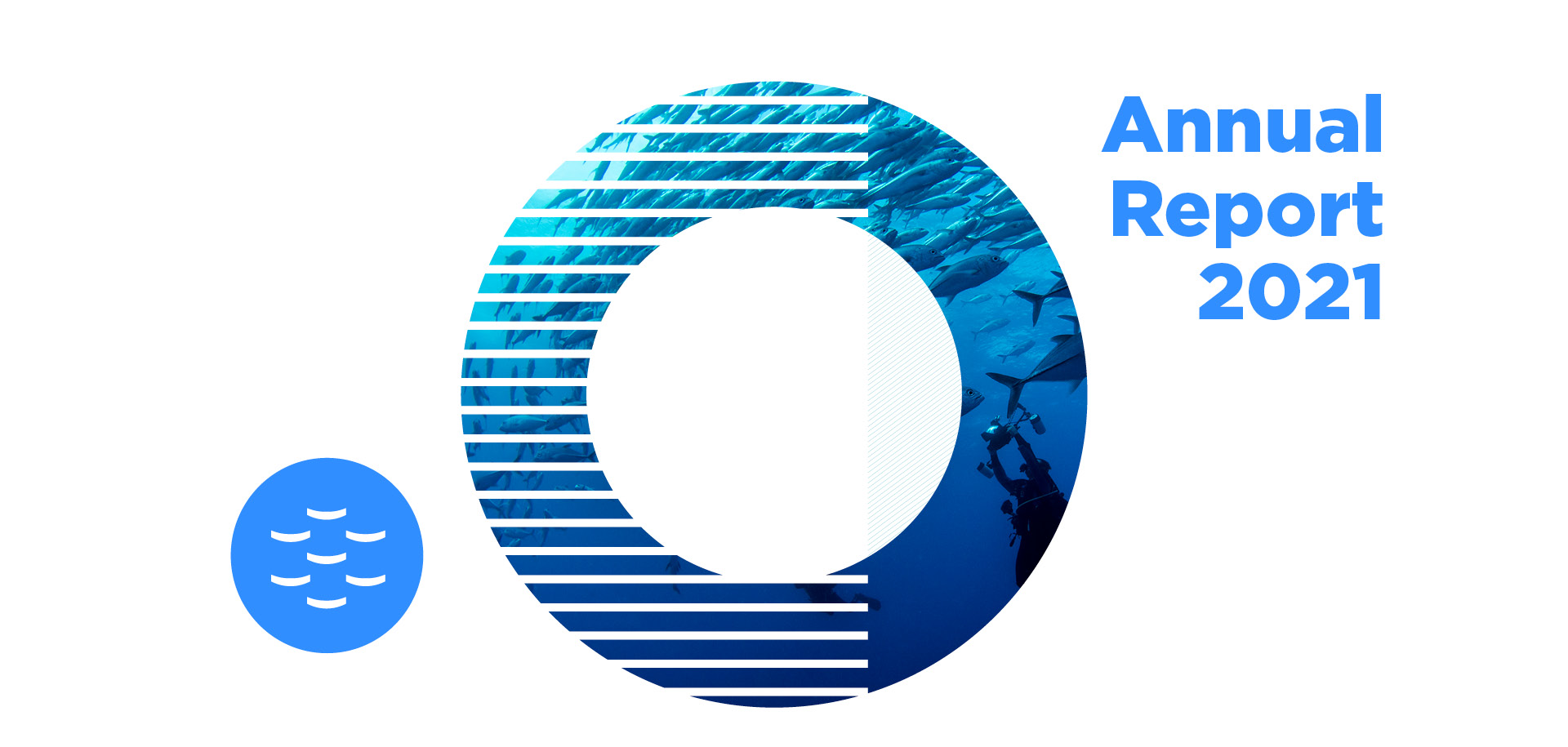
Guides

Catalogues and Brochures
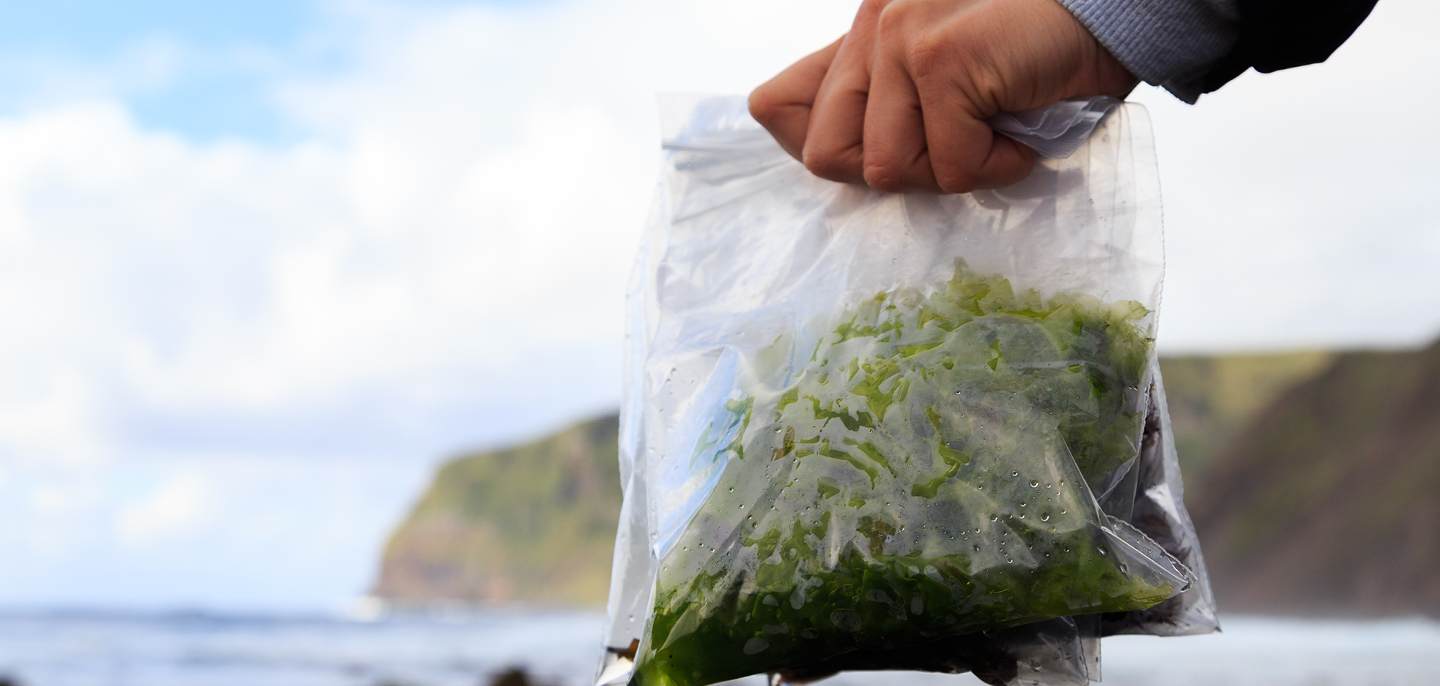
Governance

Annual Reports
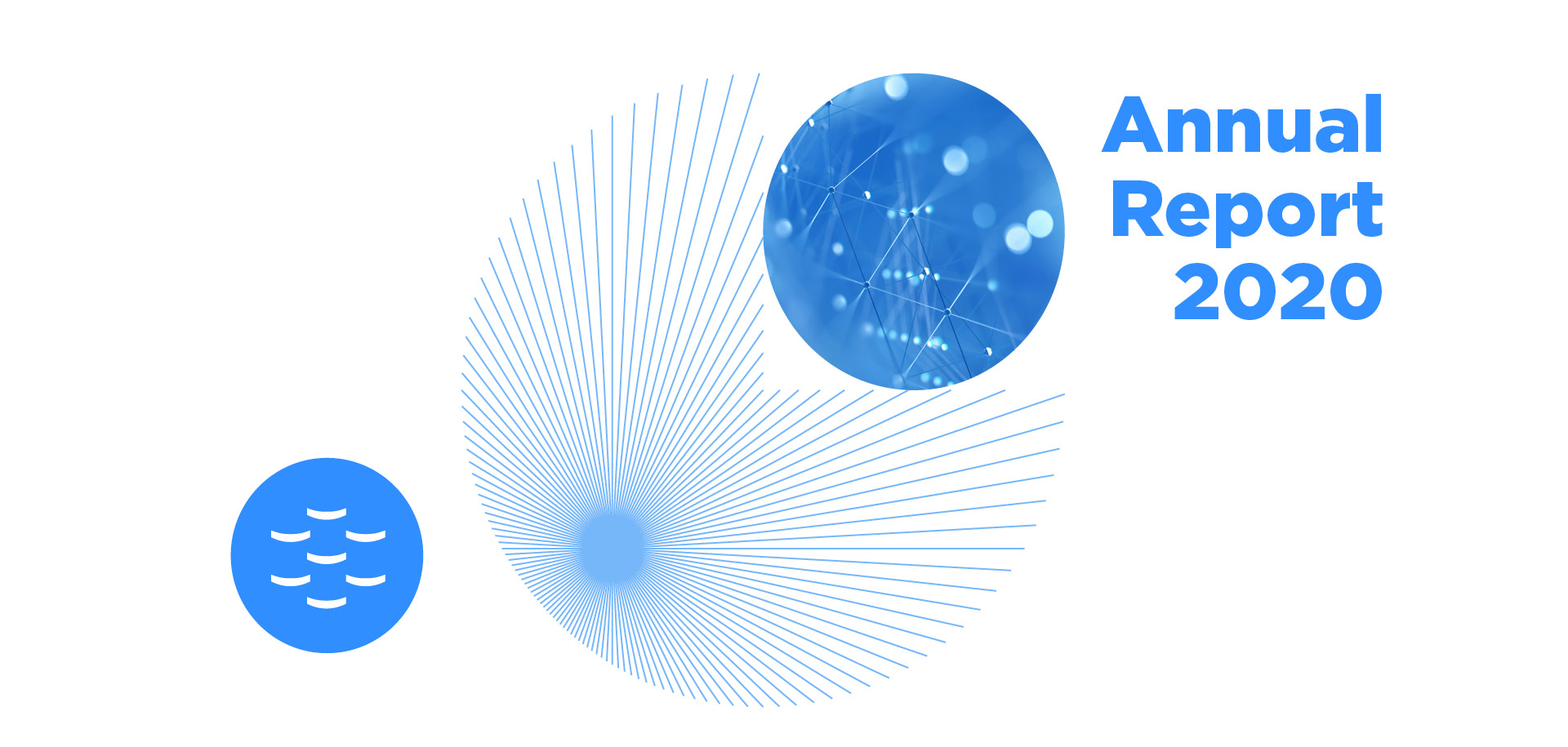
Guides

Guides

Annual Reports
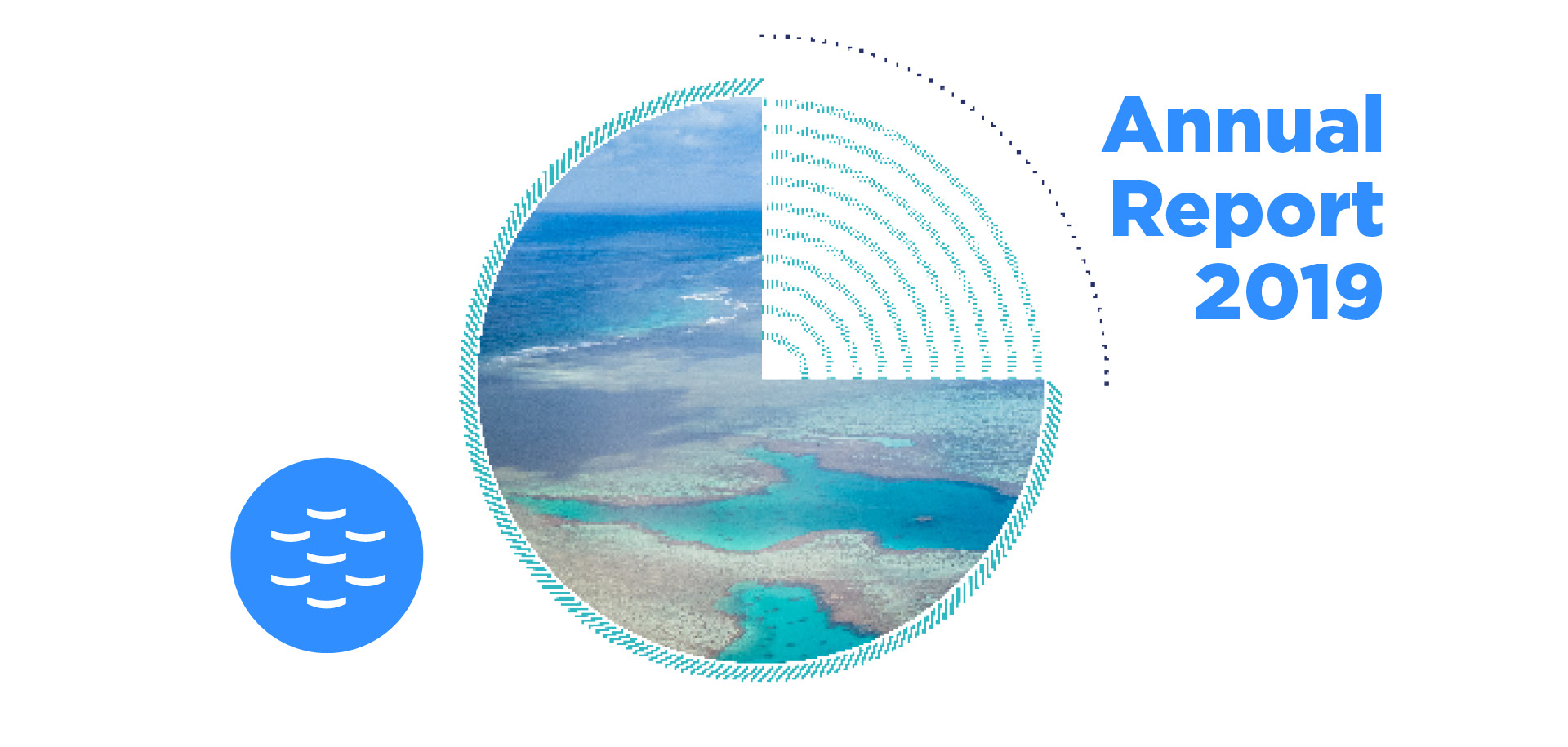
Governance

Governance

Guides


